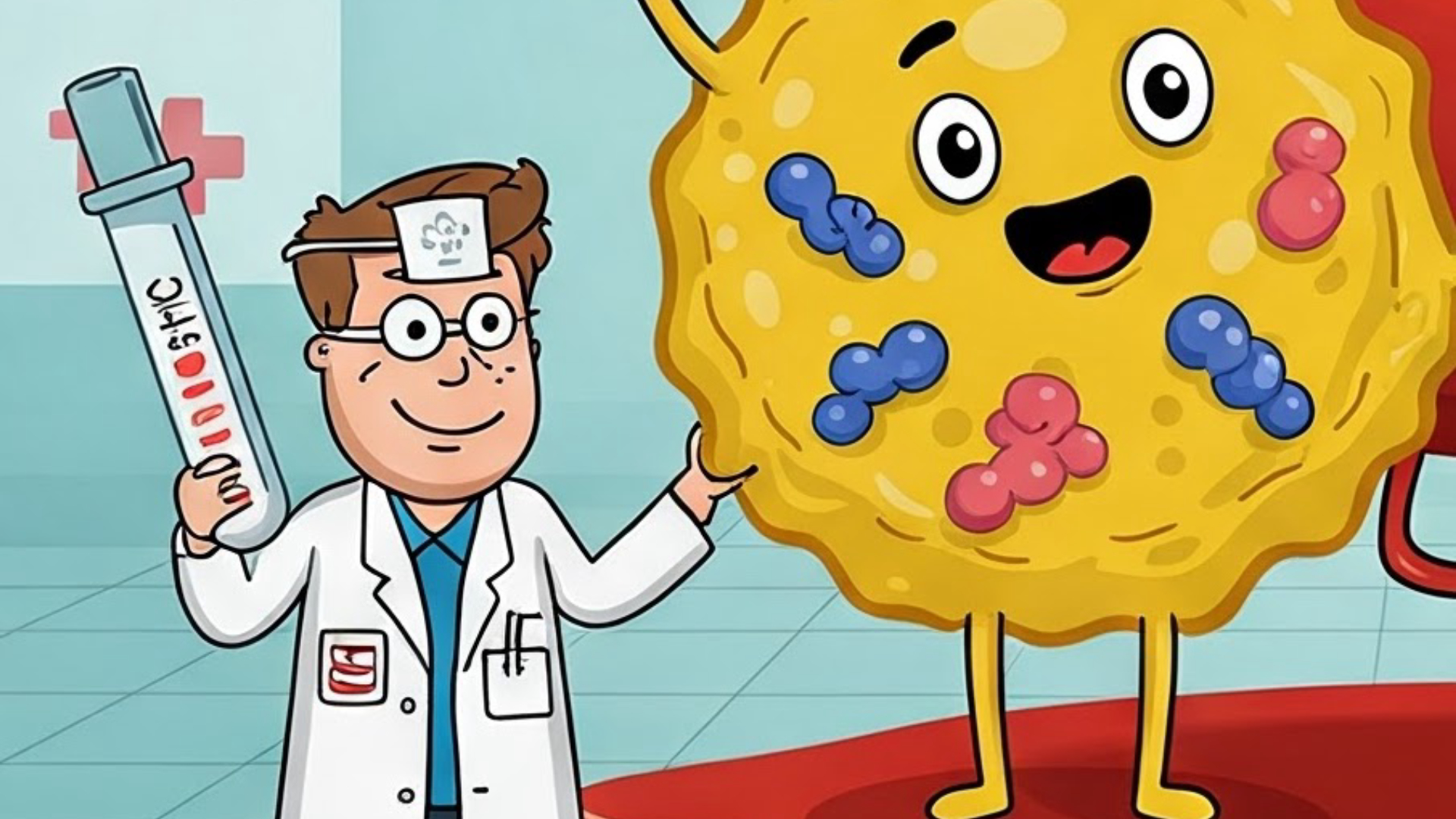Sequence vs. Syndrome vs. Association: Understanding Key Medical Terminology?
Published on 02/28/2025 · 5 min readEver get tripped up by medical terms like sequence, syndrome, and association? You're not alone! These words describe how different health conditions can occur together, but they each have a distinct meaning. Let's break it down.
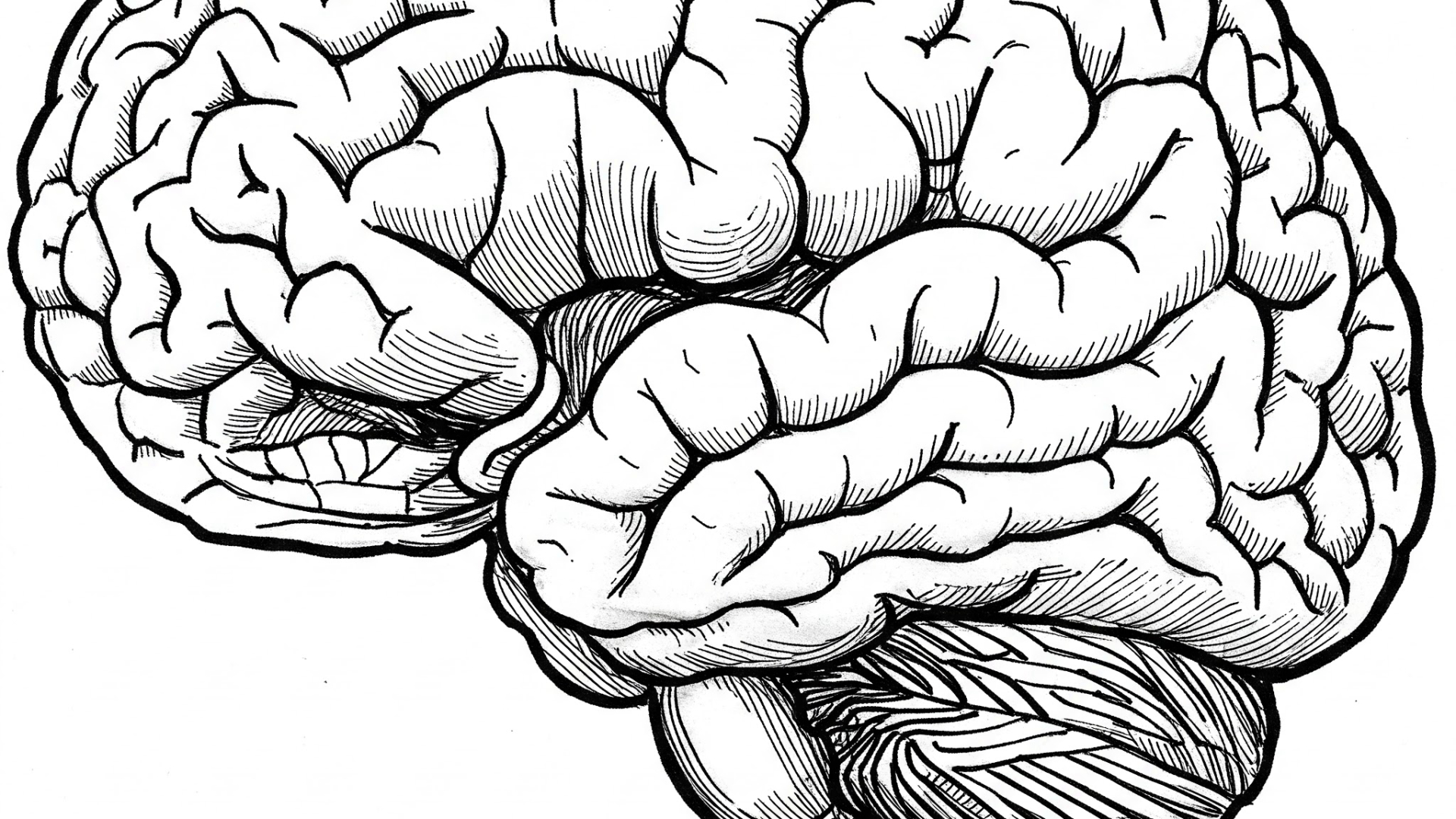
Table of Contents
What is a Sequence?Potter SequenceWhat is a Syndrome?Down Syndrome: An ExampleFrom Association to Syndrome: CHARGE SyndromeWhat is an Association?Key Differences Summarized
What is a Sequence?
Think of a sequence as a chain reaction. It's a condition where one initial event leads directly to a series of subsequent events. The lecturer gave a great example:
Potter Sequence
In Potter sequence, the following occurs in a specific order:
- Renal agenesis: The baby doesn't develop kidneys.
- This leads to oligohydramnios: Low levels of amniotic fluid.
- Oligohydramnios then results in lung hypoplasia: Underdeveloped lungs.
So, one problem (no kidneys) sets off a predictable chain of events.
What is a Syndrome?
A syndrome is when multiple findings, symptoms, or signs occur together due to a shared, identifiable underlying cause. The key here is that we know why these things are happening together.
Down Syndrome: An Example
The lecture mentioned Down syndrome. We know this is a syndrome because it's caused by a specific genetic abnormality: an extra copy of chromosome 21.
From Association to Syndrome: CHARGE Syndrome
Interestingly, the lecturer pointed out that CHARGE syndrome was initially described as an association. However, once the genetic cause (a problem with the CHD7 gene) was discovered, it was reclassified as a syndrome.
What is an Association?
An association is when multiple conditions, diseases, or symptoms appear together more often than you'd expect by random chance. The crucial difference from a syndrome is that we don't know the underlying pathological cause.
If scientists later discover a common cause for an association, it will likely be reclassified as a syndrome, just like what happened with CHARGE syndrome before the CHD7 gene was identified.
Key Differences Summarized
- Sequence: One event leads to another in a direct chain.
- Syndrome: Multiple findings with a known, shared pathological cause.
- Association: Multiple findings that occur together more often than by chance, but without a known cause.
Understanding these distinctions is important in medical terminology for accurately describing and understanding different conditions.
Shop related blood tests
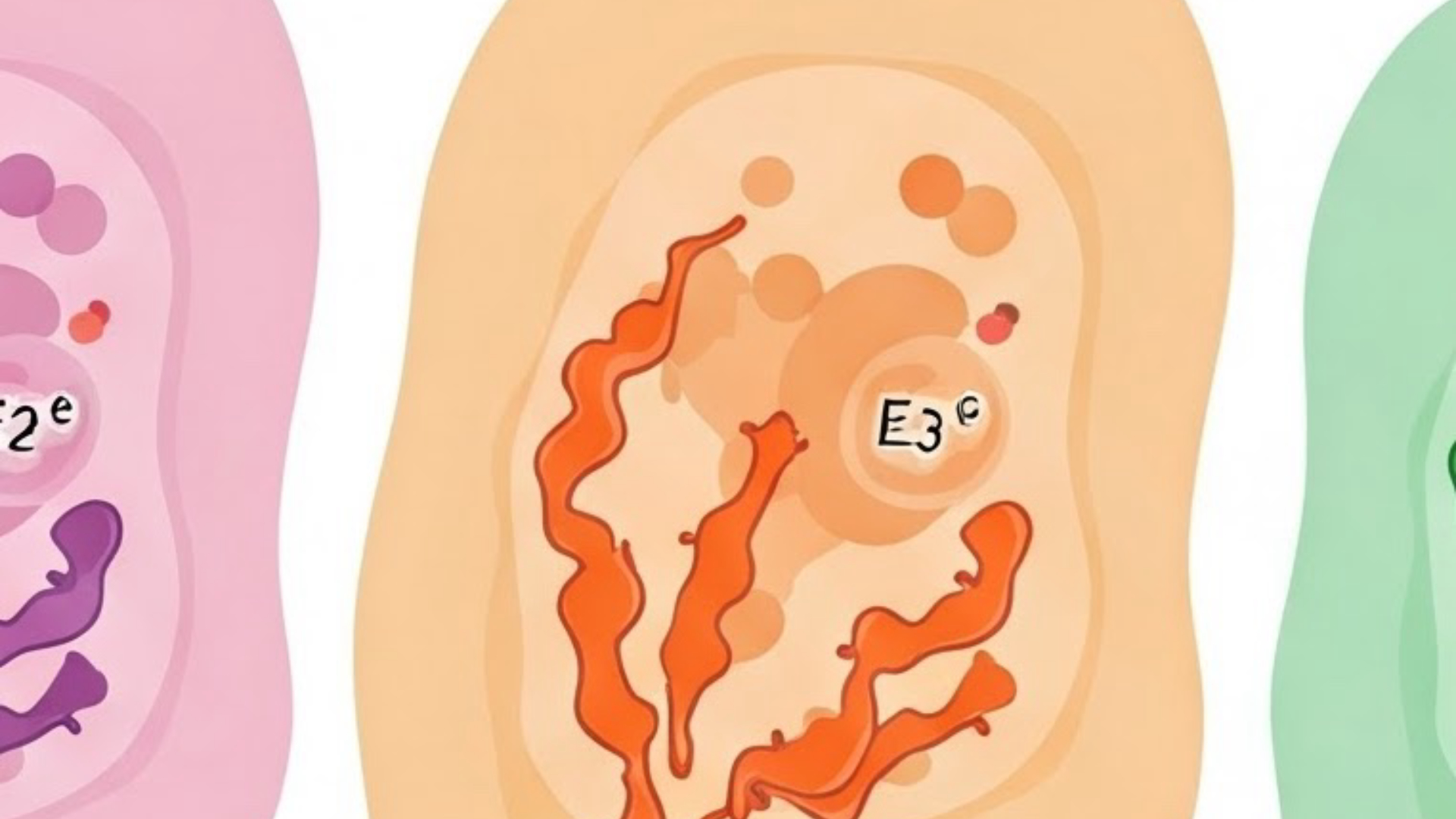
This test analyzes an individual's APOE gene, which is strongly associated with the risk of Alzheimer's disease and cardiovascular disease. While not directly illustrating sequence or syndrome in the way the lecture described, it exemplifies how genetic factors (a potential underlying cause, moving an "association" towards a "syndrome" if a clear pathological link is established) can predispose individuals to multiple, seemingly unrelated conditions occurring together.
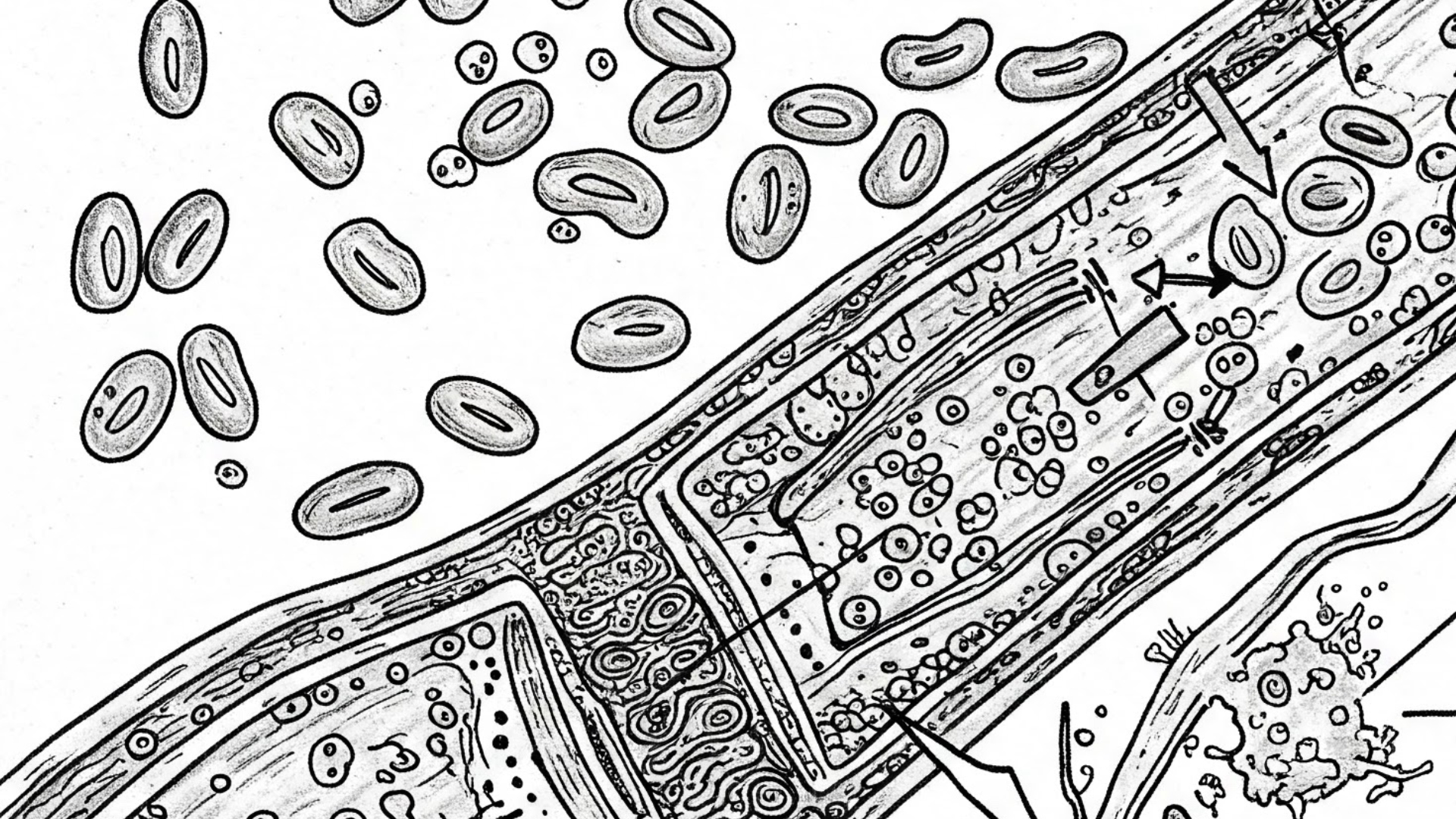
Factor V (Leiden) Mutation Analysis
This genetic test detects a specific mutation in the F5 gene, which increases the risk of blood clots (thrombophilia). Individuals with this mutation may present with a sequence of events related to increased clotting, such as deep vein thrombosis leading to pulmonary embolism. It highlights how a single genetic alteration can initiate a cascade of clinical manifestations.
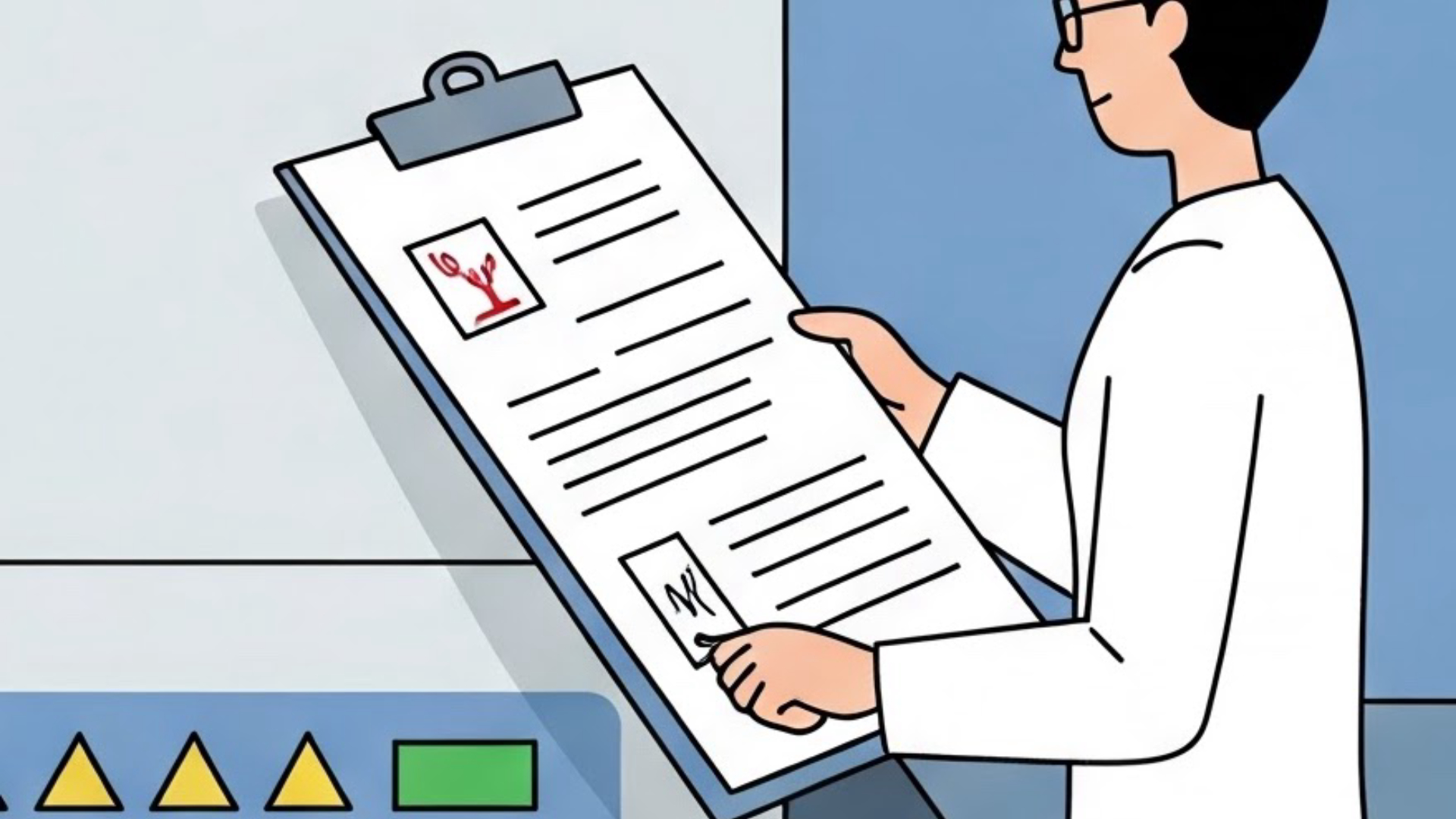
ANA Screen IFA with Reflex to Titer and Pattern
Antinuclear antibody (ANA) tests are used to help diagnose autoimmune disorders like lupus and rheumatoid arthritis, where the body's immune system mistakenly attacks its own tissues. These conditions often present with a syndrome of multiple symptoms and signs (e.g., joint pain, fatigue, skin rashes) due to a shared underlying autoimmune process.
Read next
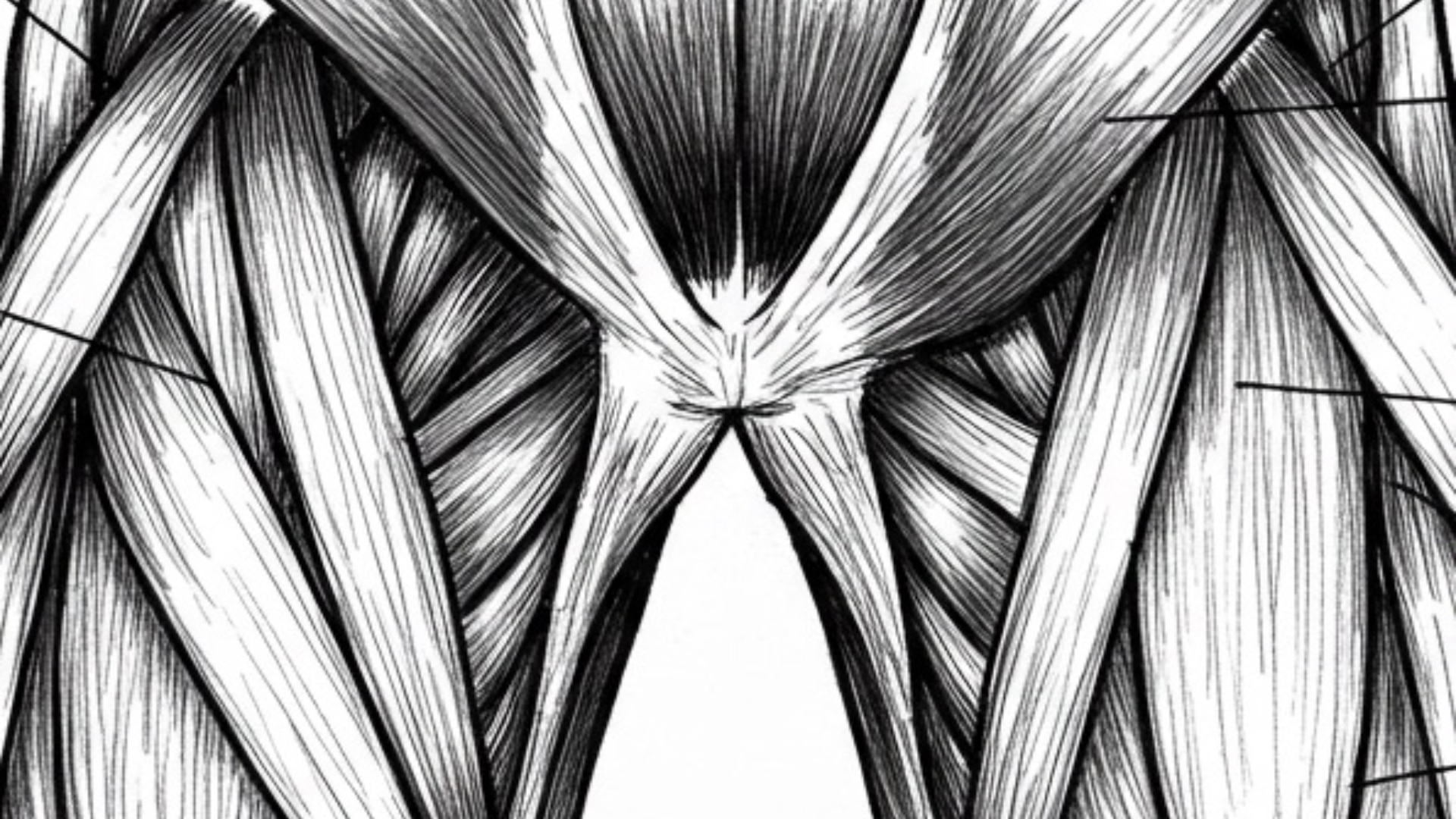 Written on 02/26/2025
Written on 02/26/2025What Are Common Quadriceps Injuries Like Strains and Contusions, How Do They Happen, What Are the Symptoms, and What Are the Treatment Approaches?
The quadriceps are a powerful group of four muscles located in the front of your thigh. They play a crucial role in extending your knee and, in the case of the rectus femoris, also assist with hip flexion. Unfortunately, these strong muscles are susceptible to injury, particularly during sports and activities involving sprinting, jumping, and sudden changes in direction. Read more
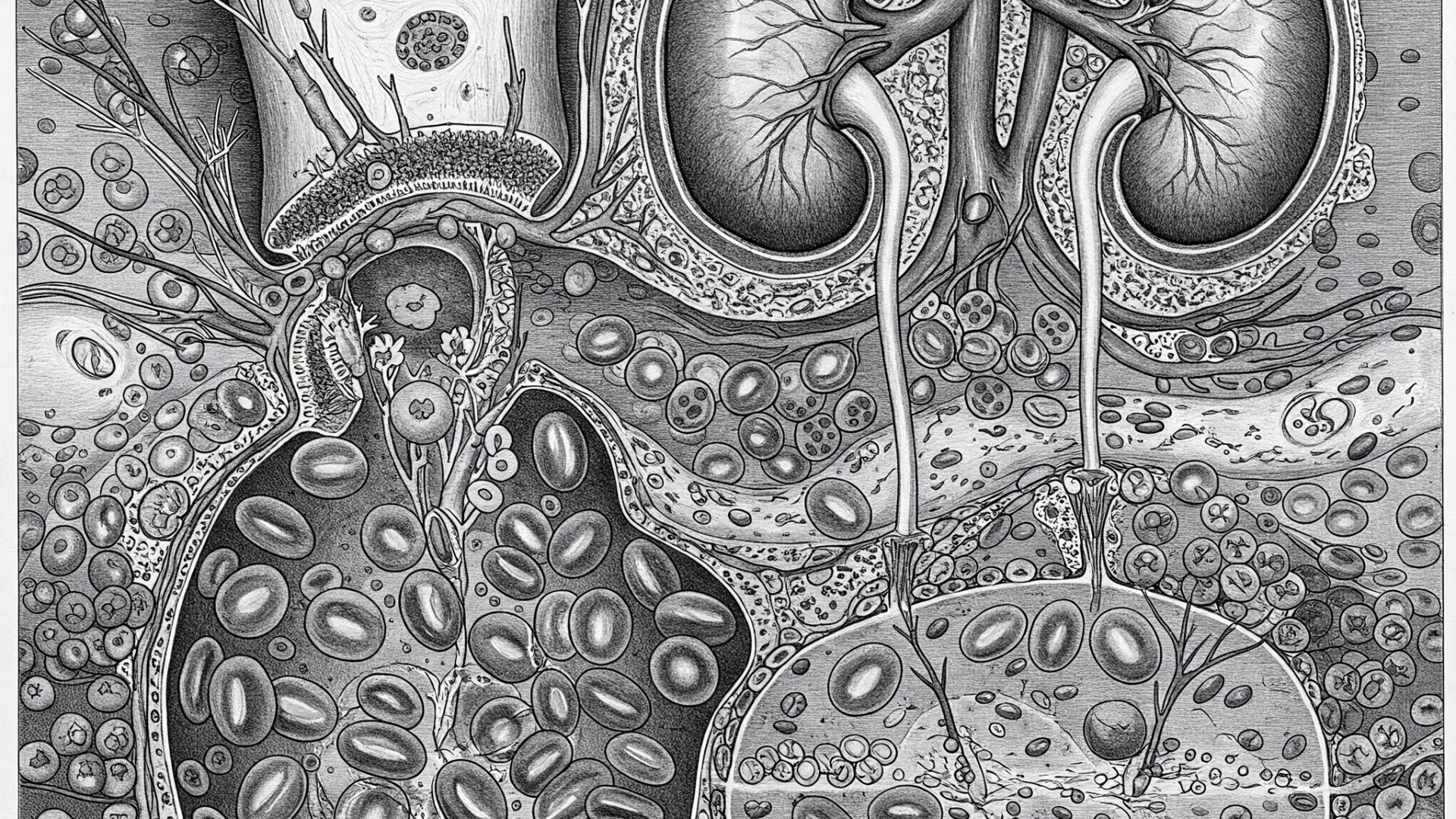 Written on 02/01/2025
Written on 02/01/2025How Does Erythropoiesis Work? Understanding Red Blood Cell Formation, Iron, B12, and Folate's Role in Anemia and Polycythemia.
Erythropoiesis, the process of red blood cell (RBC) formation, is essential for maintaining oxygen transport throughout the body. This intricate process involves multiple factors, including erythropoietin (EPO), iron, vitamin B12, and folate. Understanding these components is crucial for comprehending conditions like anemia and polycythemia. Read more
 Written on 02/28/2025
Written on 02/28/2025Sequence vs. Syndrome vs. Association: Understanding Key Medical Terminology?
Ever get tripped up by medical terms like sequence, syndrome, and association? You're not alone! These words describe how different health conditions can occur together, but they each have a distinct meaning. Let's break it down. Read more
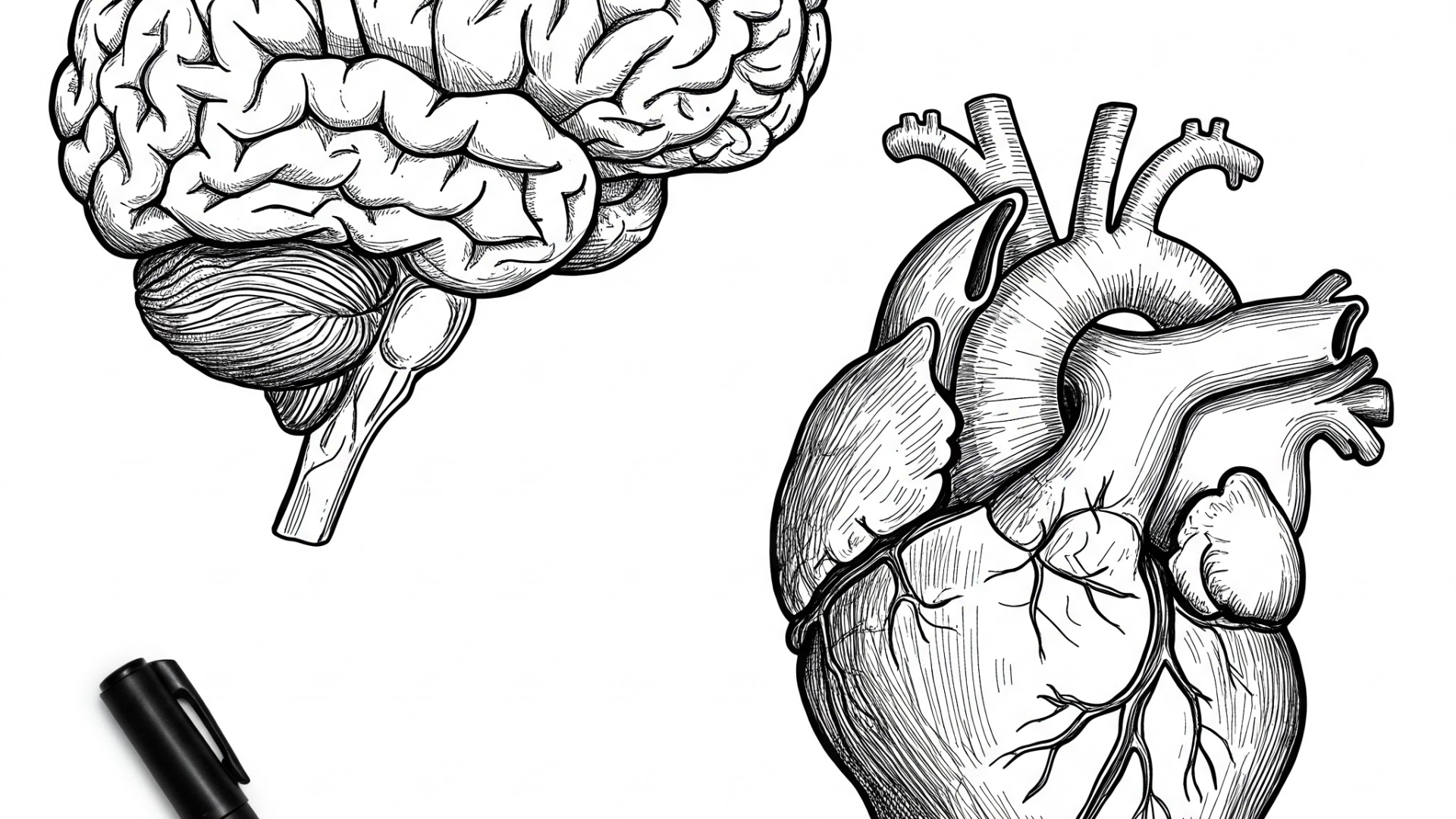 Written on 01/29/2025
Written on 01/29/2025Phenytoin: How does it work, what are its side effects, and what is fetal hydantoin syndrome?
Phenytoin is a widely used antiepileptic medication, but understanding its mechanism, side effects, and potential risks, like fetal hydantoin syndrome, is crucial. This blog post will break down the key aspects of phenytoin. Read more
